The item with the highest production increase during the January-May period was gypsum products for construction, rising by 16%. This was followed by plastic construction materials (+13.9%), insulated cables (+9.9%), ventilation equipment (+9.3%), metal door and window systems (+8.9%), marble and granite production (+6.1%), ceramic covering materials (+5.7%), and iron-steel construction products (+5.4%).
However, there were notable declines in some areas. Production of ceramic sanitary ware fell by 17.9%, and locks and hardware items decreased by 16.2%.
Existing Work Levels Rebounded in July, New Orders Continued to Weaken
The level of existing work in the construction sector showed signs of recovery in July following a decline in June. The existing work index increased by 2.3 points compared to the previous month. This rebound is attributed to the interest rate cuts by the Central Bank of the Republic of Türkiye and seasonal factors.
Conversely, new job orders declined by 0.6 points in July. Adverse weather conditions and natural disasters were noted as contributing factors to this drop, while the recent interest rate cuts have yet to have a positive impact on orders.
The report highlights key factors expected to affect the construction sector, including political expectations, economic policies, urban transformation projects, and activities in earthquake-affected regions. It is anticipated that upcoming monetary policy decisions will be decisive for the existing work index.
Additional U.S. Tariffs May Offer Advantages to Türkiye
Another prominent topic in the report is the recent U.S. tariff regulation on imports. Effective from August 7, the U.S. announced that while maintaining current customs duties, it will implement additional tariffs at different rates depending on the country. Türkiye's additional tariff rate was set at 15%.
This rate places Türkiye among the countries facing lower tariffs in the U.S. market compared to Asian countries. The report notes that especially producers of non-metal construction materials may gain a competitive export advantage against Asian countries, which are subject to higher U.S. tariffs.


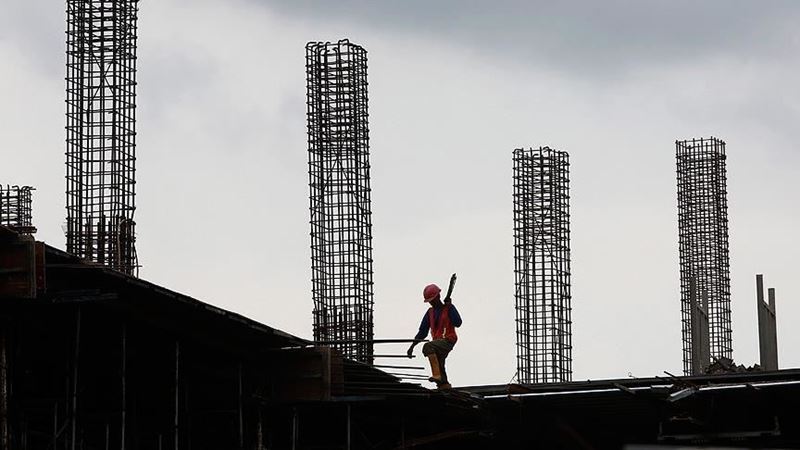
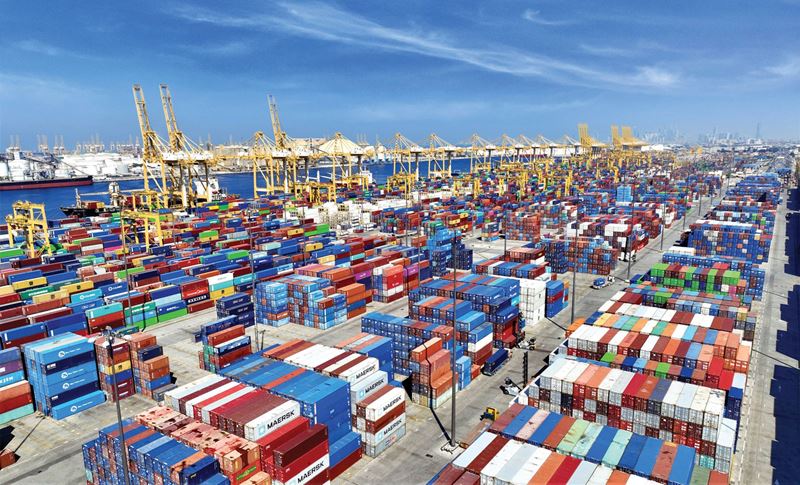
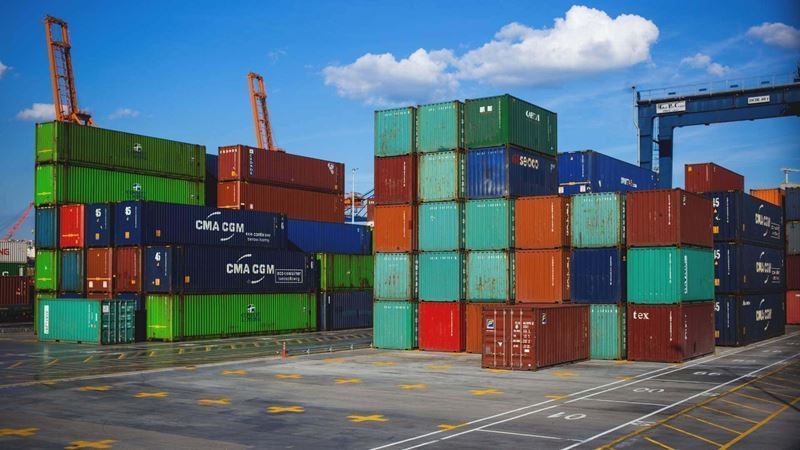
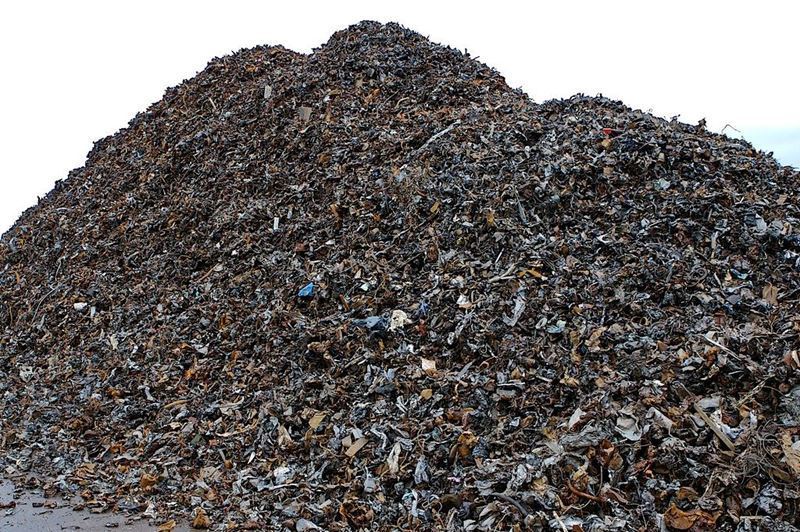
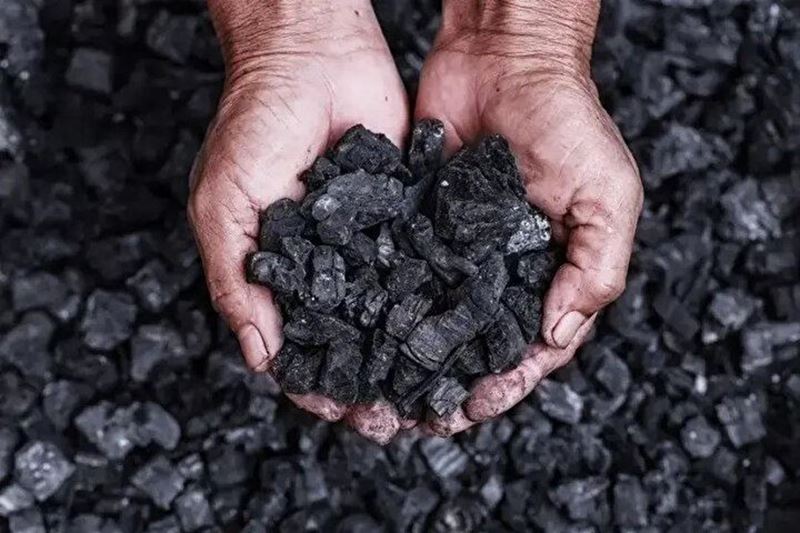
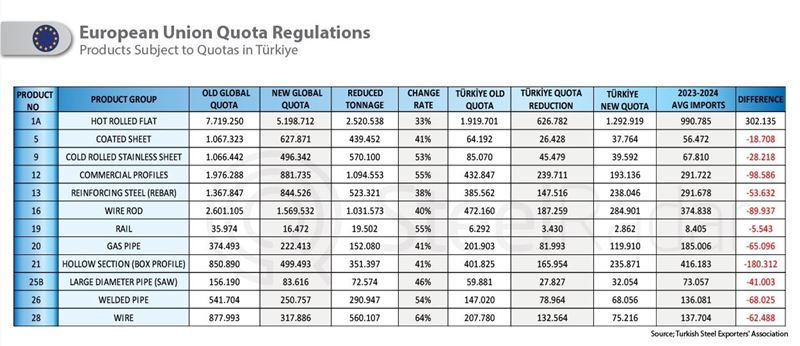

Comments
No comment yet.